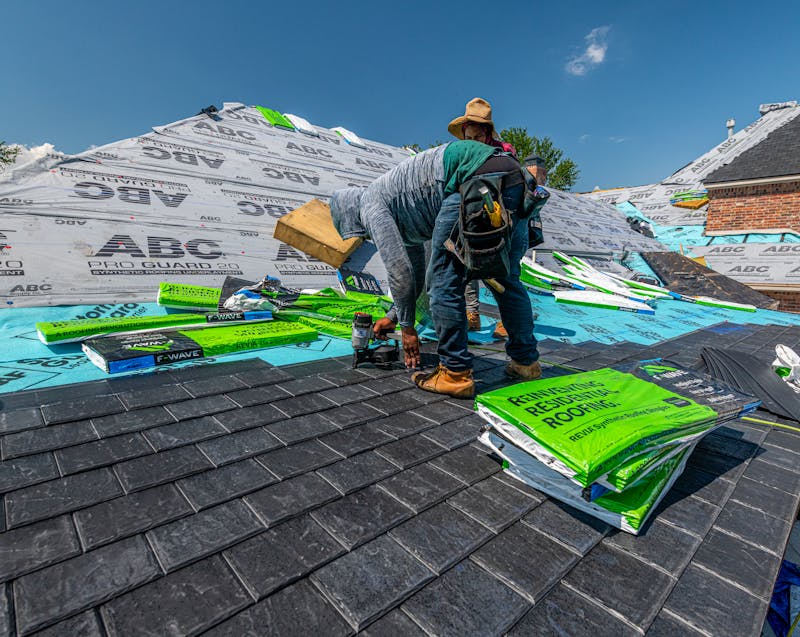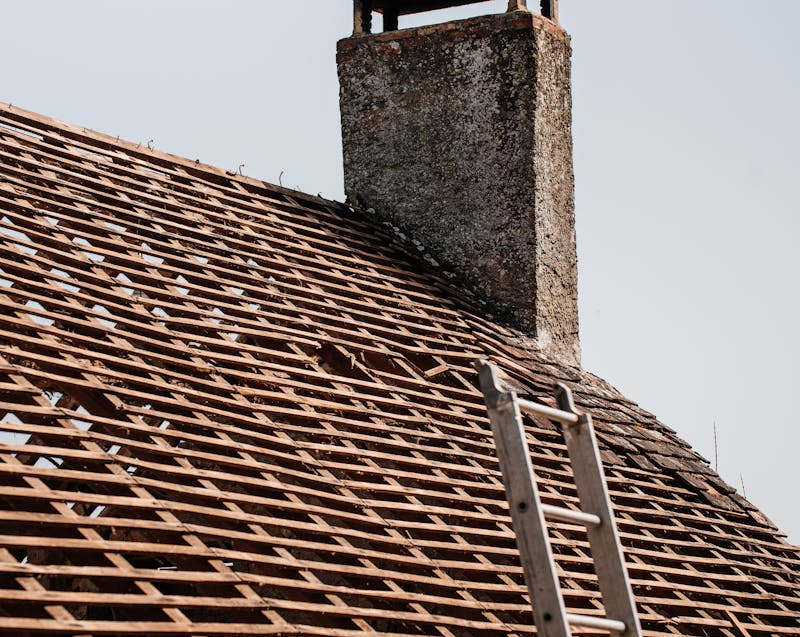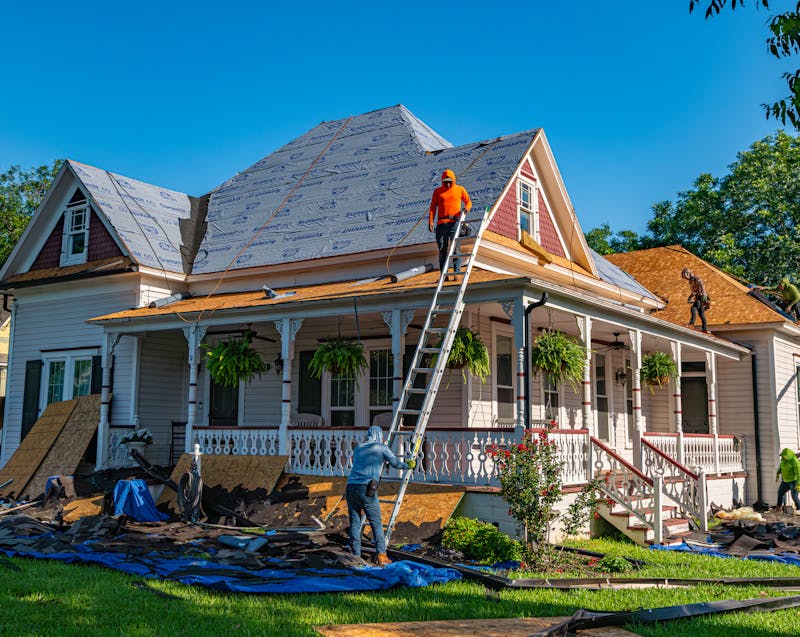- Spring is a great time for roof and gutter replacement after winter damage, though the weather can be unpredictable.
- Summer offers reliable weather, but high demand may raise costs and extend scheduling times.
- Fall is the most popular and ideal season, balancing mild weather with preparation for winter.
- Winter is the least recommended season, but emergency work and off-season discounts are possible.
- Deciding between roof restoration vs replacement requires a professional inspection to ensure the right investment.
- Planning ahead and booking early with contractors helps avoid delays and ensures proper installation.
For homeowners, maintaining a safe and functional home often comes down to knowing when to act on major repairs. Roof and gutter replacement is one of those essential projects that can’t be ignored for long. Waiting too long can expose your home to water damage, structural issues, or even higher costs down the line. But timing matters just as much as the decision itself.
The changing seasons bring unique advantages and challenges, so planning your roof and gutter replacement at the right time can save money, improve efficiency, and reduce stress. Let’s explore the seasonal pros and cons to help you make the best decision for your home.
Why Timing Matters for Roof and Gutter Replacement

Before diving into specific seasons, it’s important to understand why timing is a crucial factor in roof and gutter replacement. These home improvements are not just about aesthetics; they play a vital role in protecting your home from the elements. Replacing them during the wrong season could mean delays, higher labor costs, or complications due to weather. On the other hand, scheduling your project during the right window can:
- Maximize contractor availability and reduce wait times.
- Ensure proper installation without weather interruptions.
- Protect your home before extreme seasonal changes.
- Potentially lower costs by avoiding emergency repairs.
By weighing seasonal factors, you’ll be better prepared to make an informed decision that protects your investment.
Spring: A Fresh Start for Your Roof and Gutters
Spring is often considered one of the best seasons for roof and gutter replacement. After months of winter weather, many homeowners discover leaks, damaged shingles, or clogged gutters. The milder temperatures and longer days make spring an ideal time for outdoor projects. Contractors are generally more available than in the busy summer months, which may help you secure better pricing and flexible scheduling.
Another benefit of spring is that your home will be ready to handle the heavy rains that often accompany the season. By replacing your roof and gutters before the wettest months, you reduce the risk of interior water damage. However, spring weather can be unpredictable, and sudden showers may cause short-term delays. Planning ahead and booking early with a trusted contractor can help minimize these issues.
Summer: Peak Season with Predictable Weather
Summer offers warm, stable weather conditions, which are ideal for roof and gutter work. Contractors can complete projects quickly without worrying about cold temperatures affecting materials like shingles or sealants. Homeowners also enjoy the peace of mind that their homes are well-prepared before hurricane or storm season kicks in.
However, summer is also the busiest time of year for roofers, which means higher demand and potentially higher costs. Booking in advance is crucial if you’re aiming for a summer installation. One more consideration is the intense heat in some regions. Excessive temperatures can make installation more difficult for crews and may slightly extend project timelines. Still, summer remains a reliable choice for homeowners who value predictability.
Fall: The Most Popular Season for Roof and Gutter Replacement
When homeowners ask, “When is the best time for roof and gutter replacement?” the most common answer is fall. The season strikes a balance between mild weather and contractor availability, making it a preferred choice for many. Fall installations prepare your home for the harsh conditions of winter, ensuring your roof and gutters are ready to handle snow, ice, and freezing rain.
Temperatures are cooler, which helps with efficient installation, and contractors are often working at full capacity. However, because fall is so popular, you’ll need to schedule your project months in advance. If you delay, you may face long wait times or risk having the project pushed into winter. Despite the busy season, fall remains the “golden window” for many homeowners planning a replacement.
Winter: Challenges and Considerations
Winter is generally the least recommended time for roof and gutter replacement, primarily due to snow, ice, and freezing temperatures. These conditions can create hazards for crews and impact the quality of installation. Materials like asphalt shingles may become brittle, making them harder to work with.
That said, winter projects are not impossible. Some contractors specialize in cold-weather installations and may offer off-season discounts. If you’re facing an emergency situation, such as severe leaks or gutter collapse, winter work may be unavoidable. But for planned projects, it’s usually best to wait until conditions improve in spring or fall.
Deciding Between Roof Restoration and Replacement

While timing is essential, so is determining whether your home needs a full roof and gutter replacement or if restoration might be enough. Roof restoration vs replacement is a common question homeowners face. Restoration involves repairing and reinforcing existing materials, which can extend the life of your roof at a lower cost. Replacement, on the other hand, is necessary when damage is widespread or the roof and gutters have reached the end of their lifespan.
A professional inspection can help you decide which option is best. If replacement is needed, aligning the project with the right season ensures durability and efficiency.
Key Takeaways: Choosing the Best Season for Your Home
Ultimately, the best time for roof and gutter replacement depends on your location, your budget, and your home’s condition. By planning ahead and consulting with professionals, you can protect your home while making a cost-effective decision.
